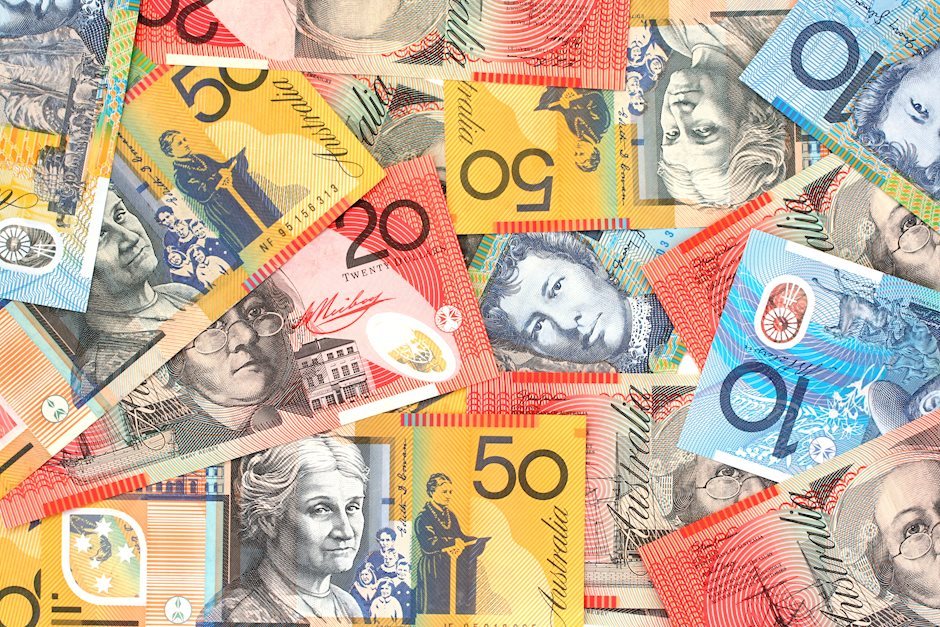Australian Dollar extends losses after weak data
- Australian Dollar declines amid recession fears
- Consumer and business sentiment in Australia continues to deteriorate, dragging down the Australian Dollar amid recession fears
- RBA maintains its hawkish stance with rate cuts unlikely in the near term despite global easing trends
- China's trade data shows mixed results with strong exports but weak imports, indicating ongoing economic challenges

The AUD/USD declined by 0.10% to 0.6660 in Tuesday's session, impacted by weak Australian data and a steady US Dollar.
Amidst uncertainty in the Australian economy and concerns over persistent inflation, financial markets anticipate a modest interest rate cut of only 0.25% in 2024. This is in line with the Reserve Bank of Australia's (RBA) firm stance on inflation, which has led to a relatively hawkish outlook for monetary policy.
Daily digest market movers: Australian Dollar declines as data raises recession fears
- Australian Dollar falls against US Dollar following weak consumer and business confidence data
- Westpac Consumer Sentiment Index dipped 0.5% in August, aligning with elevated concerns about the economic and employment outlook
- Business confidence and conditions deteriorated in August as per NAB's Business Confidence Index, reaching their lowest levels since November and January 2022, respectively
- Despite the Reserve Bank of Australia's firm stance against rate cuts due to inflationary concerns, analysts predict a shift toward an easing cycle with a rate cut anticipated by December
- On the data front, China's August exports surpassed expectations by growing 8.7% YoY, largely influenced by favorable base effects
- Import growth, however, was weaker than anticipated at 0.5%, indicating limited progress in boosting domestic demand
- All economic news in China is closely followed by Aussie traders as it is a close trading partner from Australia
AUD/USD technical outlook: Bearish momentum continues with bulls nowhere to be found
In the last several sessions, the AUD/USD pair has created lower highs and lower lows, suggesting that the overall outlook is bearish. Tuesday's decline of around 0.1% continues this trend and reinforces the bearish outlook. The Relative Strength Index (RSI) is currently at 42, which is in the negative area and suggests that selling pressure is rising.
The Moving Average Convergence Divergence (MACD) is also bearish with the histogram turning red and rising.
Interest rates FAQs
Interest rates are charged by financial institutions on loans to borrowers and are paid as interest to savers and depositors. They are influenced by base lending rates, which are set by central banks in response to changes in the economy. Central banks normally have a mandate to ensure price stability, which in most cases means targeting a core inflation rate of around 2%. If inflation falls below target the central bank may cut base lending rates, with a view to stimulating lending and boosting the economy. If inflation rises substantially above 2% it normally results in the central bank raising base lending rates in an attempt to lower inflation.
Higher interest rates generally help strengthen a country’s currency as they make it a more attractive place for global investors to park their money.
Higher interest rates overall weigh on the price of Gold because they increase the opportunity cost of holding Gold instead of investing in an interest-bearing asset or placing cash in the bank. If interest rates are high that usually pushes up the price of the US Dollar (USD), and since Gold is priced in Dollars, this has the effect of lowering the price of Gold.
The Fed funds rate is the overnight rate at which US banks lend to each other. It is the oft-quoted headline rate set by the Federal Reserve at its FOMC meetings. It is set as a range, for example 4.75%-5.00%, though the upper limit (in that case 5.00%) is the quoted figure. Market expectations for future Fed funds rate are tracked by the CME FedWatch tool, which shapes how many financial markets behave in anticipation of future Federal Reserve monetary policy decisions.
Author

Patricio Martín
FXStreet
Patricio is an economist from Argentina passionate about global finance and understanding the daily movements of the markets.

















